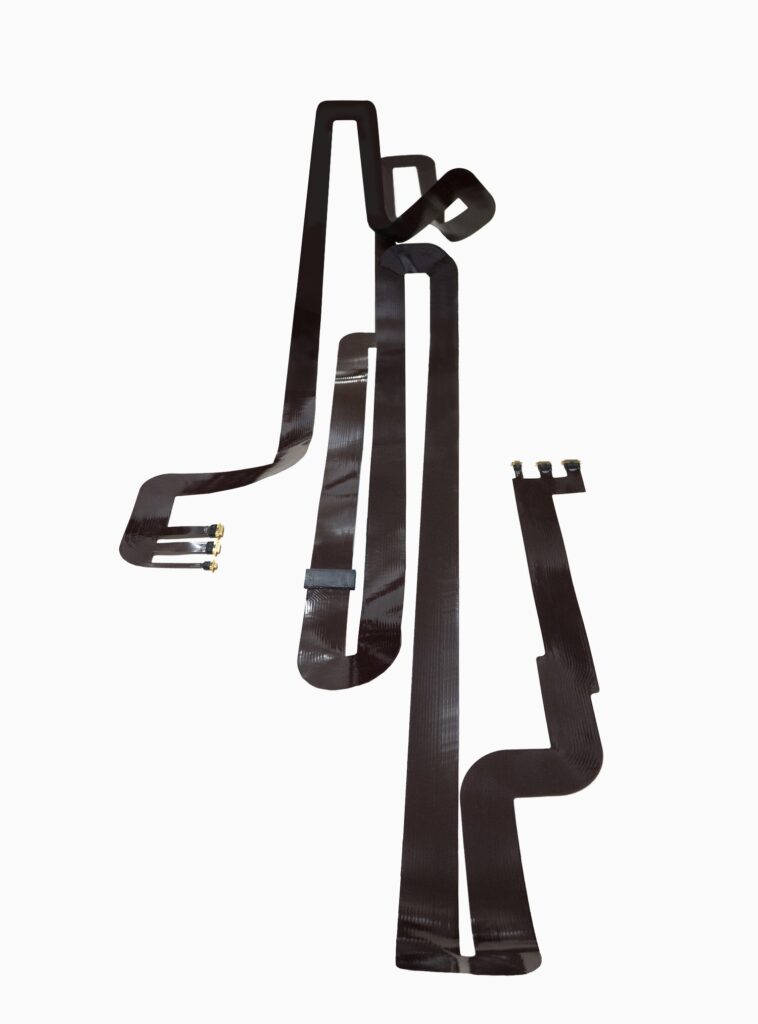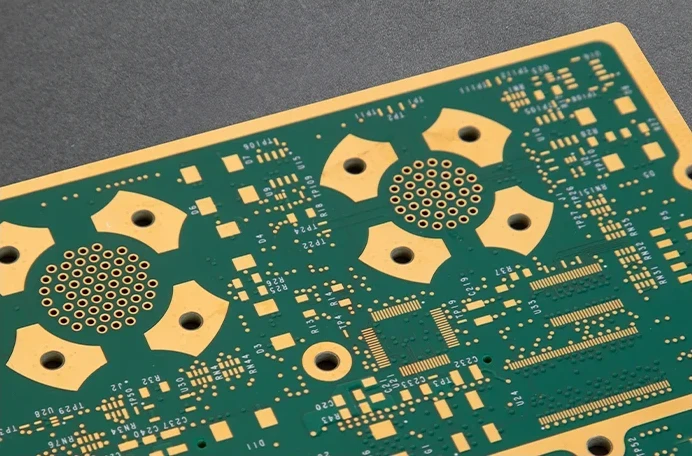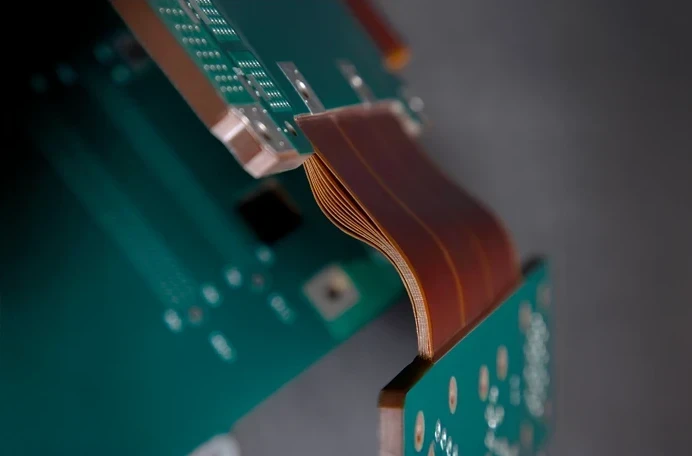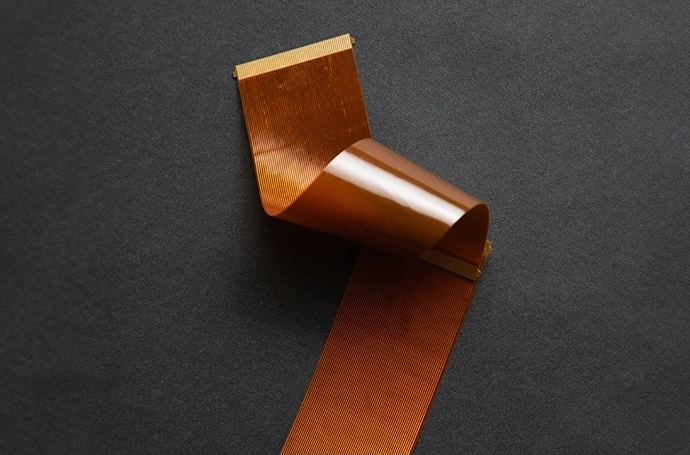Extended-Length Flex | PCB
Long Flexible Printed Circuit Board (PCB) - Taking Flex Further Than Before
With Pioneer’s unique splicing technology, the capability to manufacture long, flexible printed circuit board (PCB) solutions larger than the standard flex material beyond 33 feet (10 meters) has never been easier, while maintaining our proven reliability and durability for the most extreme environments.

PIONEER CIRCUITS: PUSHING BOUNDARIES IS OUR SPECIALTY
Breaking Size Barriers with Long Flexible Printed Circuit Board PCB Technology
Pioneer Circuits can manufacture flexible printed wiring boards that are larger than the standard flex material of 24″ x 85″. Our panel size can go up to over 24″ x 85″, and our unique splicing technology allows us to manufacture even larger sizes!
Using our long, flexible printed circuit board (PCB) to replace standard-size circuits eliminates the need for connectors and assembly labor, offers a lighter alternative, provides greater flexibility, and improves reliability for the end-use application.
CUSTOM FLEX PCB: WHAT WE DO
Open Doors to More Possibilities with Extended-Length Flex
Hardware
Assembly
Weight & Durability
3D Space Saving
Frequently Asked Questions
What applications are ideal for long, flexible printed circuit board (PCB) solutions?
Extended-length flex circuits are perfect for high-performance, space-constrained environments. Common applications include:
- Aerospace & Deep Space Missions
- Military & Defense Systems
- Robotics & UAVs (Unmanned Aerial Vehicles)
- Medical Devices & Equipment
These industries benefit from the lightweight, flexible, and durable nature of long flex PCB technology.
What are the benefits of extended-length flex compared to traditional PCBs or hardwiring?
Long, flexible printed circuit board (FPCB) designs offer:
- Greater design flexibility with splice methods to join multiple segments
- Weight and space savings over rigid boards or complex wiring
- Enhanced durability in harsh or dynamic environments
- Reduced assembly complexity and increased reliability
Ideal for projects where performance, compact design, and long-term reliability are essential.
What long flex PCB design considerations should I keep in mind?
To ensure optimal performance and smooth production, keep the following in mind when designing your long board PCB circuitry:
- Power lines: Plan for voltage and drop budgets
- Signal lines: Account for critical loss budgets
- Operating frequency: Match your circuit’s capabilities
- Splice methods: Useful for joining extended segments
- Part sizes:
- Up to 24” x 85”: No restrictions on plated through-hole location
- Over 85”: Contact our Applications Engineers for guidance on hole types and placement
Discover Other Technologies
Turn Your Vision into Reality, Today!
Versatile Flex and Rigid PCBA solutions – where flexibility meets precision.


